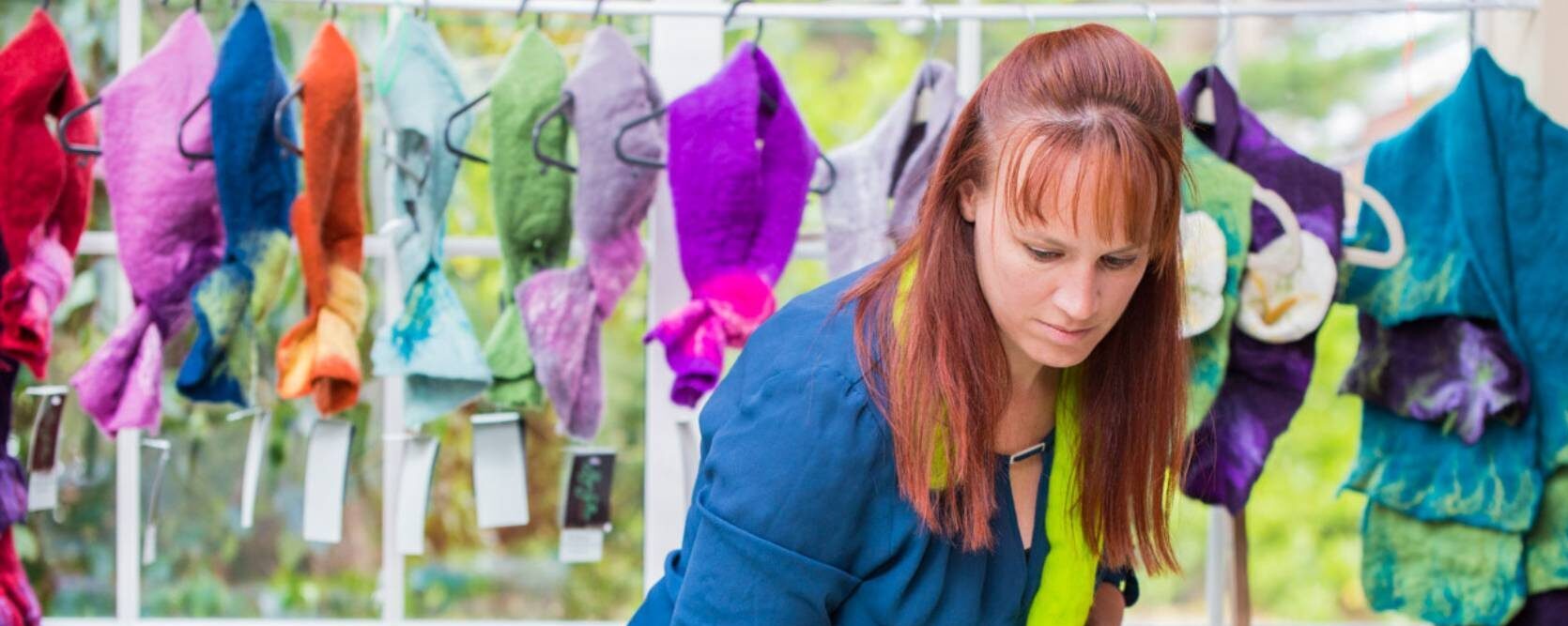
Country of origin
What is meant by Country of Origin?
Country of Origin can be complex in our globalised world where elements of a product or the raw materials that make it up can come from a variety of countries – so how do we decide where that final product originates from?
Obviously this decision is straight forward if the product is designed in Ireland, the raw materials are sourced/ made /grown here and the final piece is made here – its 100% Irish.
But in cases where this is not the case COO labelling is essential for clarity and credibility.
There are a variety of definitions of COO – depending on categories, tariffs and countries.
Generally, products only change their country of origin if the work or material added to a product in the second country:
- constitutes a substantial transformation, or,
- the article changes its name, tariff code, character or use (for instance from wheel to car) or from a piece of fabric to a finished garment), or,
- if the value added to the finished product is significantly greater than the sum of its parts
Why is Country Of Origin Labelling (COOL) Important?
COOL is key element in enabling consumers to understand:
- What they are purchasing
- Where it comes from
- Whether it is sustainable, ethical and authentic
Having clear labelling, identifying the origin of all elements of a product allows consumers to make informed decisions. But more importantly it builds up trust between a brand and its consumers.
Craft products, by their nature, have provenance – they are made by someone, for someone. Many craft products are 100% Irish and clear labelling can highlight this.
Some products – for a variety of reasons – may have elements that are not sourced or made here in Ireland, yet the final product is Irish under COO definitions.
Once these products are clearly and honestly labelled, then the consumer can understand what they are purchasing and make an informed decision.
How does it work?
Currently there are no legal guidelines for COOL – other than for tariffs when a product is going to be exported.
However, consumers and consumer bodies expect to see clear and definitive labelling on goods.
For craft items, companies need to clearly label:
- The main raw material(s) that makes the piece – for example if a piece of furniture is made from American hardwood, but is designed and produced here in Ireland it needs to be labelled as such
- Where the manufacturing process takes place;
· If the entire item is made in one location then this needs to be clearly stated i.e “garment designed and produced in Ireland, made from Irish tweed.”
· If part of the process takes place elsewhere, for example a garment is made from fabric made in Ireland, but the garment is produced in another EU country then this needs to be clearly stated – “garment designed in Ireland and produced in Portugal from Irish tweed.”
Where should it feature?
This labelling should feature on the garment and / or packaging materials as well as on any product descriptors online.
Who does it apply to?
DCCI recommend that all client companies take this best practice approach.
All DCCI registered clients wishing to take part in any DCCi initiative which promotes products Made in Ireland – such as all of the Design Ireland initiatives and the Made Local campaign – must comply to clear and honest COO labelling or risk being withdrawn from the initiative.
DCCI reserve the right to audit clients participating in these initiatives – as outlined in the Terms & Conditions of each initiative.
Note: The Consumer Protection Act 2007
It is illegal for any person or business to falsely represent the Country of Origin of their product. This is clearly outlined in section 43 of the Irish Consumer Protection Act 2007.
This information can be found on the electronic Irish Statute Book here: www.irishstatutebook.ie/eli/2007/act/19/section/43/enacted/en/html